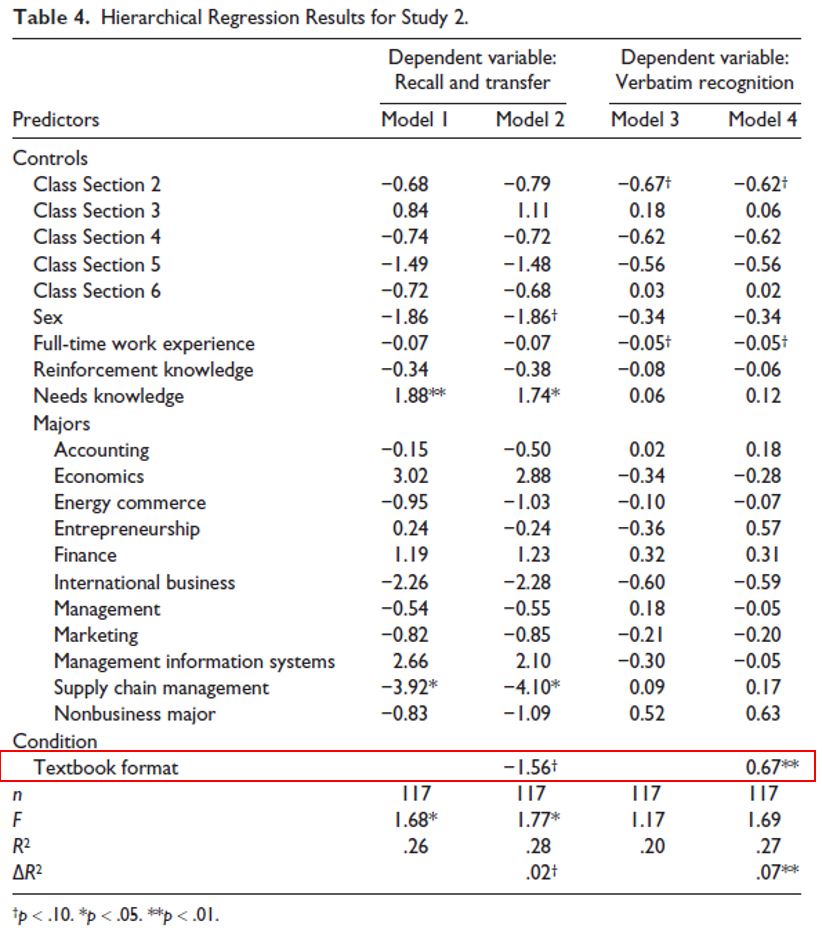Die Learning Solutions Conference der Learning Guild (vormals E-Learning Guild) fand Anfang Juli zum ersten Mal online statt. Das Programm der Konferenz und die Unterlagen bzw. Aufzeichnungen der Vorträge sind online verfügbar.
Die Konferenz fand bereits Anfang Juli statt, ich bin aber erst kürzlich dazu gekommen, mit einige der aufgezeichneten Vorträge anzuhören. Das Programm der Konferenz und die Unterlagen bzw. Aufzeichnungen der Vorträge sind hier online verfügbar – anscheinend auch ohne Mitgliedschaft und Registrierung.
Das waren die Themen:
- Using Games, Characters & Storylines to Improve Learning Outcomes
- Make the Switch: Drive Learning & Development with Data-Driven Analytics
- Creative Design: Think Big to Elevate Your Learner’s Experience
- Instructional Comics: Are They Effective for Self-Paced Learning?
- An Insider’s View on the Future of Learning Platforms
- 10 Techniques to Measure the Success of Virtual Training
- Streamlining Branching Scenario Planning and Design
- Using Design Thinking and Storytelling Mindsets to Create Viral Learning
Ich habe die Unterlagen durchgesehen und punktuell in die Aufzeichnungen hineingehört. Interessant (und gut dokumentiert) fand ich insbesondere die Beiträge von Kevin Thorn zu ‘instructional comics’ und von Christy Tucker zu ‘branching scenarios’.
Dem Thema “instructional comics” bin ich auf der Grundlage der von Thorn bereitgestellten Übersichten noch etwas nachgegangen und habe mir die von ihm angeführte empirische Studie von Short et al. aus dem Jahr 2013 noch kurz angeschaut.
Hier ein Beispiel, wie so ein Lern-Comic aussehen kann:

Und hier ein Auszug aus den Ergebnissen der empirischen Überprüfung zur Lernwirksamkeit von Lern-Comics: Lernende können sich im Vergleich zum Lehrbuch bestimmte Passagen / Formulierungen besser wiedererkennen. Im Hinblick auf das Vermögen, Inhalte zu erinnern oder zu transferieren gab es aber keine signifikanten Unterschiede.

Based on student feedback, the graphic novel approach seems to relate to high student motivation through perceptions of positive learning outcomes from both the experience- and explanation-based approaches while maintaining high student interest. The graphic novel approach may have encouraged students to integrate and apply the course material in an effective way.
Die Autoren führen folgende mögliche Gründe für die beobachtete hohe motivationale Wirkung an:
First, the storytelling structure likely encourages the reader to become invested in learning. Second, as students follow the plot, they have an opportunity to examine characters’ choices and make recommendations for how a character should proceed. Third, the story unfolds in a true-to-life context based on a realistic scenario. This encourages students to integrate and apply management theories. Fourth, the narrative structure unfolds over the course of multiple chapters, giving students the opportunity to see the results and consequences of characters’ earlier decisions.
Short, Jeremy C.; Randolph-Seng, Brandon; McKenny, Aaron F. (2013): Graphic presentation. An empirical examination of the graphic novel approach to communicate business concepts. In: Business Communication Quarterly 76 (3), S. 273–303.
Thanks Christoph for your kind words and interest in instructional comics. I’m very fortunate to work with clients who are eager to implement the comic medium in their online learning programs. If your readers are interested in learning more about the science and evidence of using the comic medium, I recommend looking at the research by Neil Cohn at his Visual Language Lab: http://www.visuallanguagelab.com/research.html
Thanks Kevin for this additional resource!